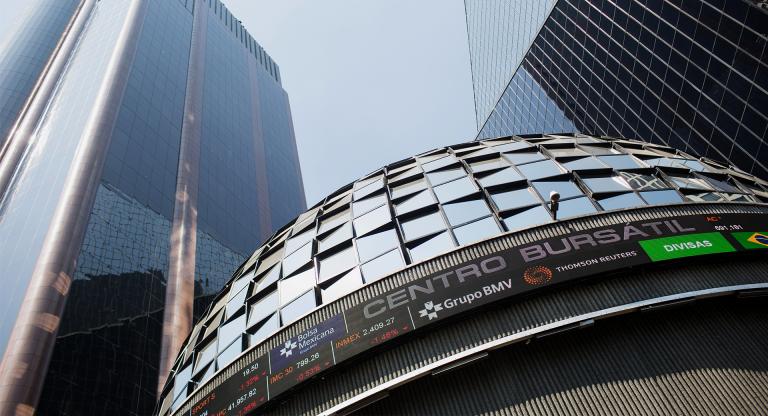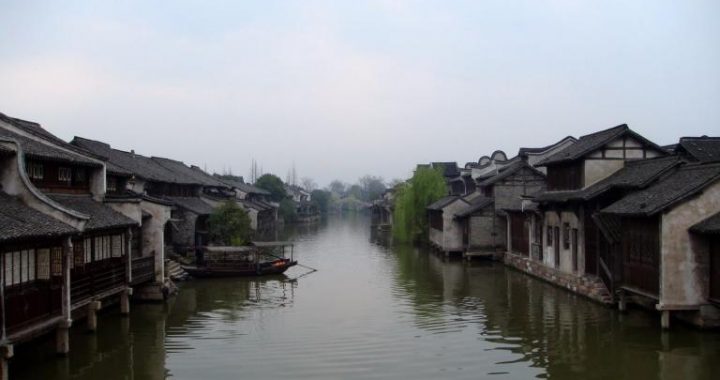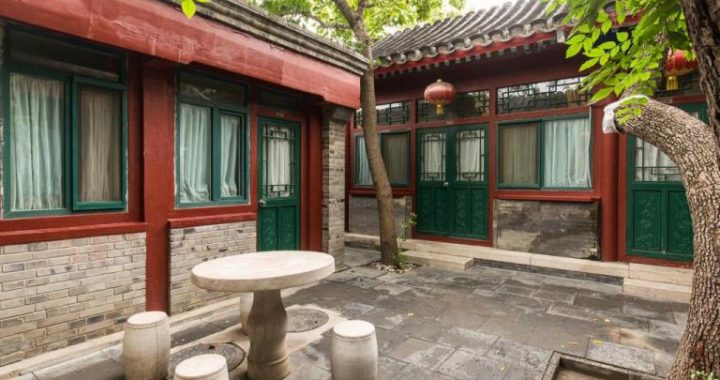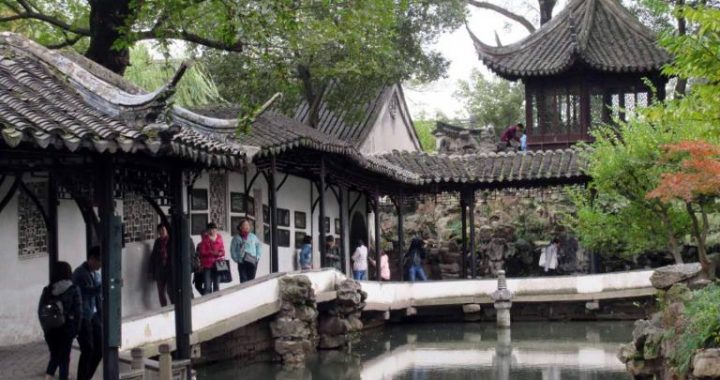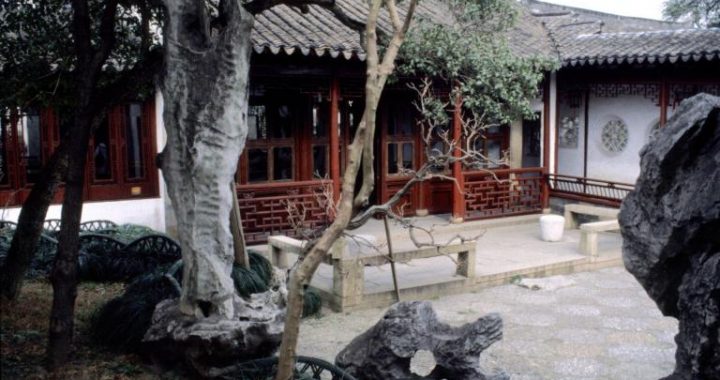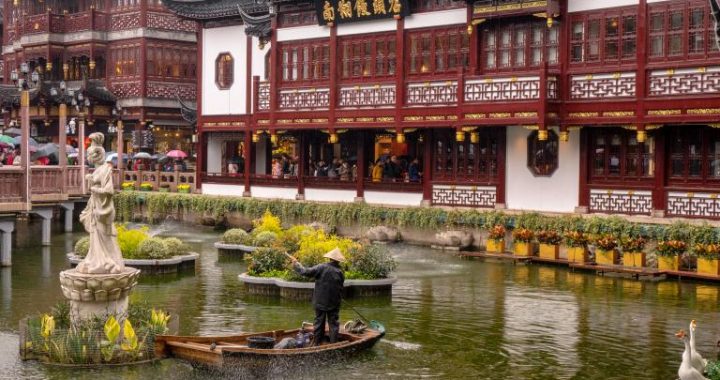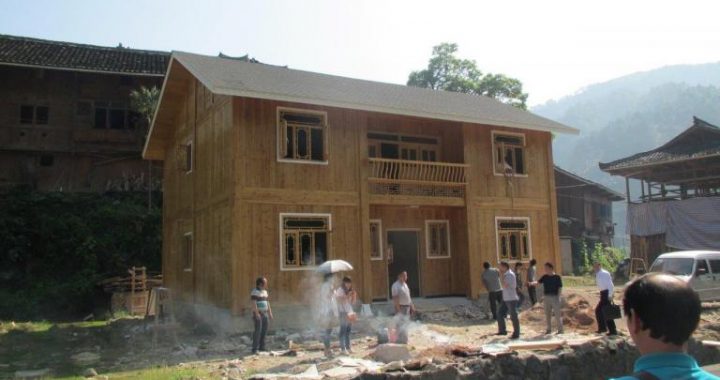Towards a new era of architecture
2 min readAfter reform and opening up in 1980s, China underwent massive economic and social changes, and China’s architecture vigorously embraced the new era with open arms.

As modernist architecture recovered from its long-term suppression by public attitudes and official policy, out of China’s architectural scene emergec an ideological trend and movement towards the large-scale introduction of modernist architectural theory. Within China many projects were also built by famous architects from abroad.
In the face of numerous conflicts caused by collision and mixture of various architectural concepts and ideological segments in a very short time, the ideological fluctuations in the architectural circles brought about updating of concepts. China’s architectural art creation entered a new period.

With China’s architectural scene having been isolated from the international modernist movement for almost 30 years, its gaze once again returned to the West and began a new a process of wide-ranging introductionof Western architectural concepts after the beginning of reform and opening up. As modernist architecture recovered from its long-term suppression by public attitudes and official policy, out of China’s architectural scene emergec an ideological trend and movement towards the large-scale introduction of modernist architectural theory. Within China many projects were also built by famous architects from abroad, such as the Beijing Fragrant Hill Hotel([ US]leoh Ming Pei,1979-1982) showing inheritance of traditions under modern architectural conditions, the Beijing Jianguo Hotel([ US] Chen Yiyuan,1980-1982) exhibiting the efficiency of an apartment holiday hotel, the Nanjing Jinling Hotel(P& T Group from Hong Kong,1980-1983) demonstrating Chinese cities’ shortcomings in accepting foreign designs and investments, the Beijing Great Wall Hotel(international architectural firm Ferraro Choi from the United States,1979-1983) revealing the ancient capital’s candid acceptance of the first building with glass curtain walls, as well as many others.
While witnessing foreign architects’ works, Chinese architects also surprisingly saw the huge gap between Chinese and world architecture. On the one hand, they directly faced Western architectural culture represented by modern architecture, while on the other hand, they could not put aside their feelings for the nation. In the face of numerous conflicts caused by collision and mixture of various architectural concepts and ideological segments in a very short time, the ideological fluctuations in the architectural circles brought about updating of concepts. China’s architectural art creation entered a new period.
